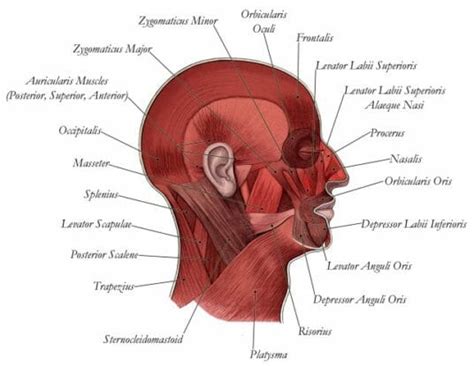How Many Muscles Does It Take To Smile? A Surprisingly Complex Answer
The simple answer to "How many muscles does it take to smile?" is often bandied about as "17." However, that's a significant oversimplification. The truth is far more nuanced and fascinating, depending on the type of smile. Let's delve into the complexities of facial muscles and the act of smiling.
The Muscles Involved in Smiling: More Than You Think
While the number 17 is frequently cited, it's inaccurate. It's crucial to understand that smiling isn't a single action controlled by one specific muscle group. It's a complex interplay of various facial muscles working in coordination. The muscles primarily involved include:
Major Players:
-
Zygomaticus Major: This is the key player often associated with the classic smile. It runs from the corner of the mouth to the cheekbone, pulling the lip upward and outward. This is the muscle most people think of when asked about smiling.
-
Orbicularis Oculi: This muscle surrounds the eye, responsible for creating "crow's feet" wrinkles at the corners of the eyes when you genuinely smile. A true smile engages these muscles; a fake one typically doesn't.
-
Buccinator: This muscle in the cheek helps to flatten the cheek and pull the corners of the mouth back. It contributes to the overall shape of the smile.
-
Levator Anguli Oris: This muscle lifts the corner of the mouth, contributing to the upward curve of a smile.
Minor Contributors:
Several other smaller muscles play supporting roles, subtly influencing the expression and intensity of the smile. These include muscles around the nose, chin, and even the jaw, adding depth and variation to the smile's appearance. The exact number of muscles involved varies from person to person and depends on the intensity and type of smile.
The Difference Between a Genuine and a Fake Smile
A genuine, Duchenne smile (named after Guillaume Duchenne de Boulogne), involves both the zygomaticus major and the orbicularis oculi muscles. This creates the characteristic crinkling around the eyes, a hallmark of a genuine expression of happiness. A fake smile, on the other hand, typically only uses the zygomaticus major, resulting in a less expressive, less convincing smile.
Why the Misconception of "17 Muscles"?
The persistent myth of 17 muscles likely stems from a simplification of the numerous muscles involved in facial expression. While some sources might break down the action into specific muscle fiber activations, the overall number significantly depends on the definition of "muscle" and the level of analysis.
SEO Optimization and Keyword Targeting
This article targets keywords like "how many muscles to smile," "muscles used in smiling," "Duchenne smile muscles," "genuine smile vs fake smile," and "facial muscles smile." These keywords aim to improve organic search ranking for relevant queries. Further optimization includes internal and external linking (if applicable on the platform), meta descriptions and title tags (not shown here but crucial for SEO). By using a variety of related keywords and providing in-depth, accurate information, this article aims to rank highly in search engine results.
